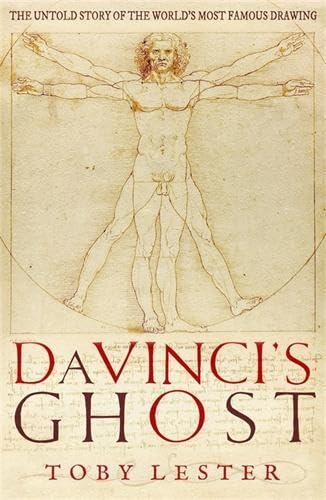Book 48 - Bansky "Wall and Piece"
Aug. 6th, 2023 06:28 pmBansky "Wall and Piece" (Century Oublshing)

Banksy...the thinking person's favourite graffiti artist. He really is clever....and he can paint. I love his advice to stencil graffiti artists that the easiest way to become invisible is to wear a day-glo vest and carry a tiny transistor radio. Must say that I enjoyed this book.....it's pretty much all pictures except for a few explanatory notes here and there.
I don't know how Banksy interfaced with his publishers. He must have been identified by now but manages to still appear to be anonymous. The book appears to be a reasonable anthology of his work to date...though a high point for me was when one of his framed works was auctioned off for a huge price and immediately a hidden paper shredder was started up and the thing was half shredded. (Apparently it was meant to be totally shredded but something went wrong)....but the value of the piece was apparently increased by the incident. Love his rats pouring paint down the kerb....and his grenadier guards writing graffiti, and the naked guy hanging by one hand from a window whilst the "wronged" husband looks out the window for him. Happy to give this five stars.

Banksy...the thinking person's favourite graffiti artist. He really is clever....and he can paint. I love his advice to stencil graffiti artists that the easiest way to become invisible is to wear a day-glo vest and carry a tiny transistor radio. Must say that I enjoyed this book.....it's pretty much all pictures except for a few explanatory notes here and there.
I don't know how Banksy interfaced with his publishers. He must have been identified by now but manages to still appear to be anonymous. The book appears to be a reasonable anthology of his work to date...though a high point for me was when one of his framed works was auctioned off for a huge price and immediately a hidden paper shredder was started up and the thing was half shredded. (Apparently it was meant to be totally shredded but something went wrong)....but the value of the piece was apparently increased by the incident. Love his rats pouring paint down the kerb....and his grenadier guards writing graffiti, and the naked guy hanging by one hand from a window whilst the "wronged" husband looks out the window for him. Happy to give this five stars.
